How should Costa Rican Mozart be baked to taste good? What baking technique is Mozart suitable for?
Before baking a new bean, we will first learn about the bean and the flavor given by the raw bean merchant, and then try to bake a few stoves based on this information, and then adjust it according to the cup test results. Some time ago, we got a Mozart from Costa Rica. This bean was previously famous for its unique handling and complex aroma.
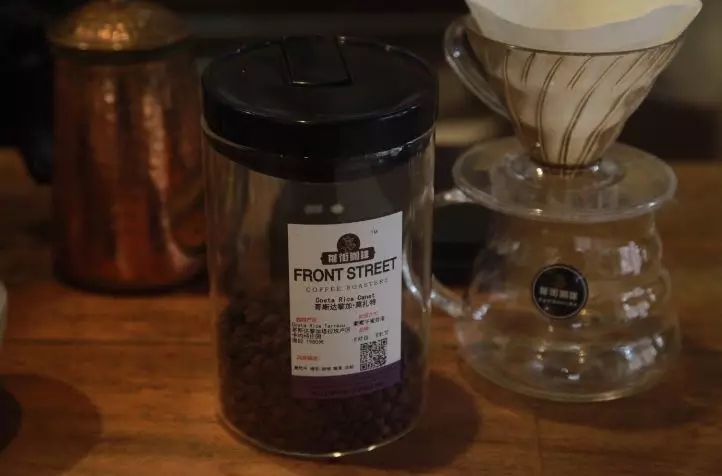
| | unique treatment method-raisin honey treatment |
Retaining 100% pectin and zero water treatment increases the difficulty of honey processing, which requires strict control of time.
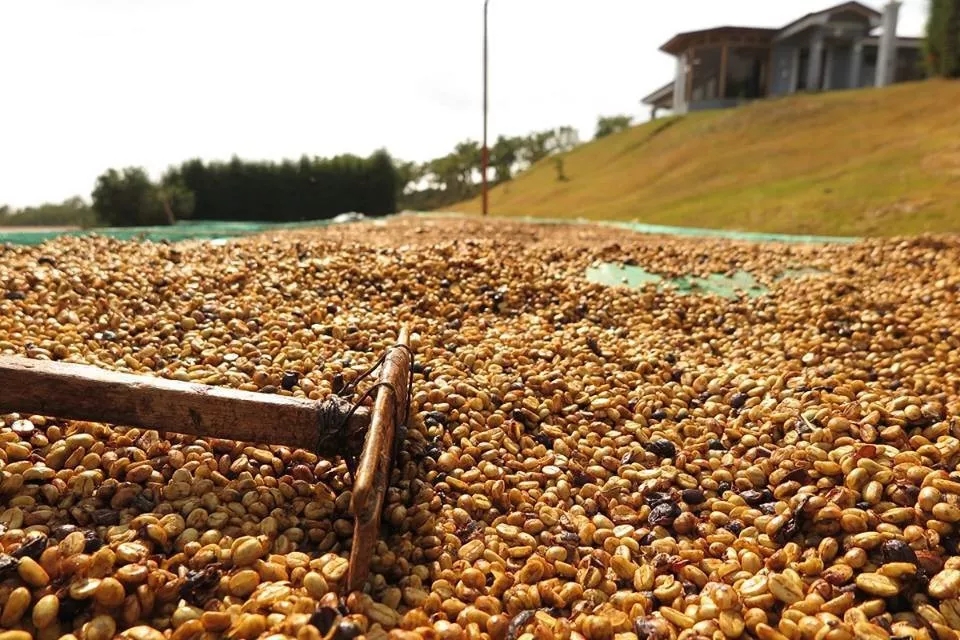
On the day of harvesting coffee cherries, pour the harvested coffee fruit into a large trough, and the ripe and full fruit will sink to the bottom of the water; the underdeveloped or overripe fruit will surface, and these floating beans need to be removed. Dry the screened coffee fruits on an elevated bed for at least three days, then peel the cherries and retain the pectin before drying. At this stage, climate factors are the key to the success of honey treatment.
Keep turning these coffee cherries during the drying process to make them dry evenly, but control the turning frequency and dry slowly to ensure that the coffee is fermented, but not so slowly that it is overfermented.
| | Analysis of raw beans |

This Mozart variety is Kaddura and Kaduai, which are common in American beans. The raw beans look yellowish green, typical of honey-treated coffee beans, with fresh orange acidity and a hint of fermented fruit.

This bean is 2018 production season, the water content is relatively high, and the growth altitude is about 1950 meters, and the bean quality is hard, so at the beginning, we chose to gradually reduce the fire and prolong the dehydration time for baking. Three stoves were baked and cup tests were carried out.
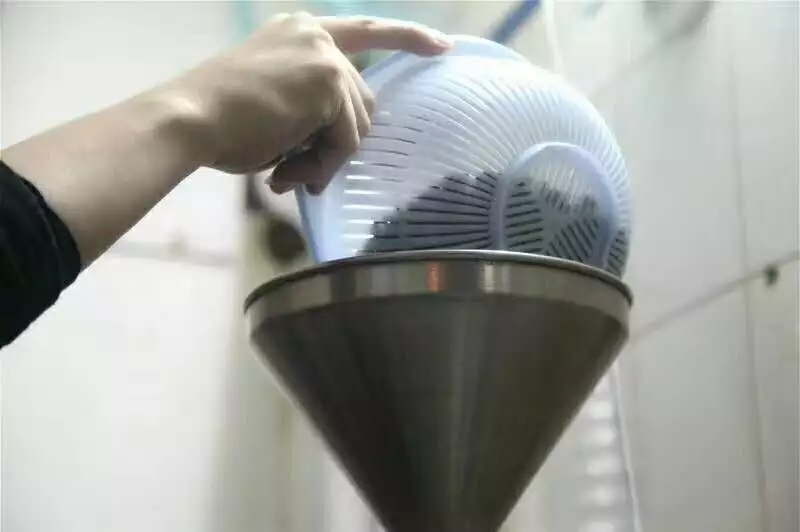
The roaster is Yang Family Pegasus 800N. Due to the usual production needs, we chose the baking quantity of 550 grams into beans.
Input bean temperature is 200℃, only change bean temperature and development time:

[first furnace]
Turn yellow point: 151.2 ℃, 5 minutes 15 seconds, 193 ℃ 1 minute 50 seconds, 1 minute 50 seconds, one burst point at 8 minutes 39 seconds 38
[second furnace]
Turn yellow point: 151.2 ℃, 5 minutes 12 seconds, 194 ℃ pot explosion development 2 minutes 10 seconds, one explosion point at 8 minutes 39 seconds 30
[third furnace]
Turn yellow point: 151.2 ℃, 5 minutes 17 seconds, 194.8 ℃ pot explosion development 2 minutes 30 seconds, one burst point at 8 minutes 39 seconds 40
[cup test results]
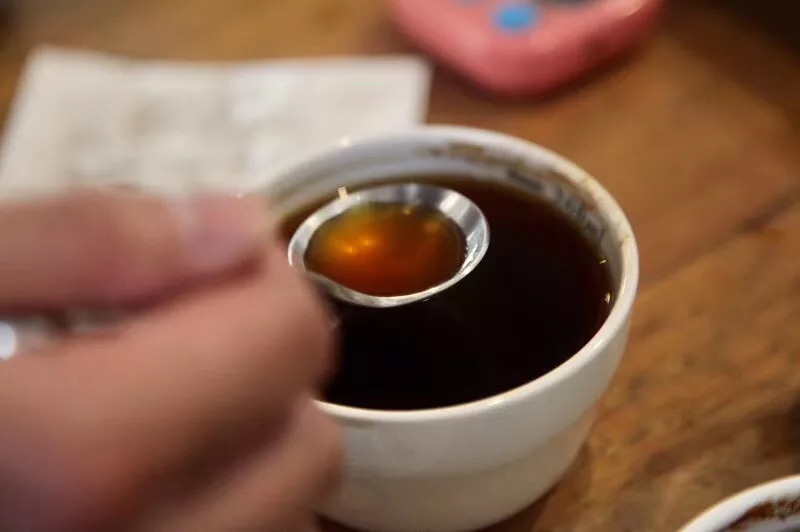
[the first batch] has a hint of fermentation and complex floral aromas, sipping with aromas of citrus, orange, berries, melons and raisins; [second] with aromas of jasmine and fermented wine; sipping with aromas of sweet orange, plum, caramel, raisins and rum; [third] with flavours of cocoa, orange, Sydney, grapefruit peel and smoke.
Although the three stoves perform well in aroma and cleanliness, the overall flavor tends to be light and the taste is relatively thin.
We think the performance of [the first furnace] will be slightly better in the three furnaces, but although there is nothing wrong with it as a whole, it is not the flavor we want. So we adjusted the baking method, and this time we chose the way of rapid dehydration and increased firepower to bake, and also baked three stoves of samples.
The input bean temperature is also 200℃, only change the bean temperature and development time:

[first furnace]
Turn yellow point: 150.7 ℃, 5 minutes 20 seconds, 193.2 ℃ pot explosion 1 minute 30 seconds, one burst point at 8 minutes 39 seconds 55
[second furnace]
Turn yellow point: 152.6 ℃, 5 minutes 25 seconds, 195 ℃ explode for 2 minutes, 1 burst point at 9 minutes 39 seconds
[third furnace]
Turn yellow point: 152.6 ℃, 5 minutes 27 seconds, 197 ℃ explode 2 minutes 30 seconds, 1 burst point at 9 minutes 39 seconds 05
[cup test results]

[the first furnace] smells of sweet-scented osmanthus and fermented wine, with sweet orange, berries, pineapples, raisins, caramel and toffee when sipped; [the second furnace] has complex floral aromas of oranges, berries, raisins and Sydney; [the third furnace] smells obvious aromas of fermented wine with citrus, nuts, hazelnut, caramel and cocoa flavors.
The flavor of the first furnace is actually similar to that of the second furnace, but the first furnace is slightly better in aroma and flavor, so we chose the baking curve of the first furnace:
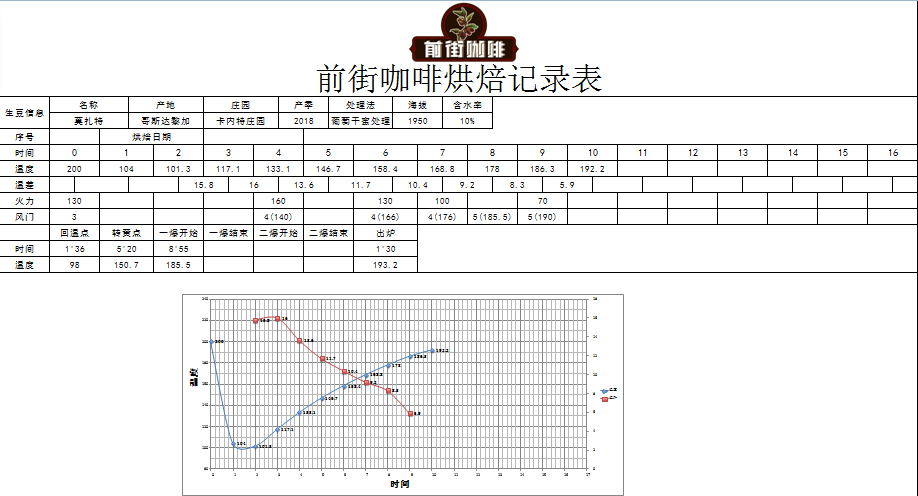
Reduce the firepower of the beans to 130, the air door open to 3, and the furnace temperature to 200 ℃, increase the firepower to 160 at 140℃, accelerate the dehydration rate of the beans, shorten the dehydration time, and reduce the firepower to 130 in the middle and later stages of the dehydration stage to prepare the beans to explode.

It starts to explode at 8 minutes and 55 seconds, then opens the throttle to 5, and gradually lowers the fire. when the explosion develops to 1 minute 30 seconds, it can be put into the pot when the smell of oranges and flowers can be smelled by a sampling stick at 193.2 ℃.

[cooking suggestion]
Suggested cooking method: hand flushing

Parameters: water temperature 90-93 ℃, grindness BG 5R (Chinese standard 20 sieve pass rate 58%), ratio of powder to water 1:15, extraction time 1mm 39% 50 ".
Technique: 30 grams of water steaming for 30 seconds, small flow quickly rushed to 120 grams, and so on when the water level is about to expose the powder bed, continue to inject water to the end of 225 grams, and when the powder bed is about to be exposed, remove the filter cup.
Tip: because the baking degree of this bean is not deep, it is suggested that when cooking this bean, you can try to bring out the aroma of this bean by means of high water temperature and small water flow.
Important Notice :
前街咖啡 FrontStreet Coffee has moved to new addredd:
FrontStreet Coffee Address: 315,Donghua East Road,GuangZhou
Tel:020 38364473
- Prev

How to drink PWN Gold Manning how to drink PWN Gold Manning Flavor introduce why it has herbal flavor
Professional coffee knowledge exchange more coffee bean information please follow Coffee Workshop (Wechat official account cafe_style) Coffee Company abbreviated as P.W.N, is the trademark owner of Golden Manning Coffee Bean is produced around Lake Toba in northern Sumatra, about 9001200 meters above sea level, is the largest volcanic lake in the world. The beans of gold Manning are about 19 eyes, mostly washed with semi-water.
- Next
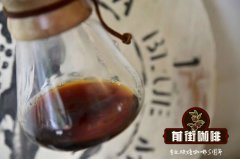
What should I do with cold coffee? Cold coffee tastes healthier?
The claim that cold coffee has lower caffeine content or higher antioxidant activity is actually a false myth. Because the temperature is more conducive to the solubility of many molecules, and can change the structure of coffee powder, so that many small molecules that were tightly grasped by coffee can be released. No matter what kind of coffee, as long as the right amount of drinking can be leisure and health. How about cold coffee
Related
- Detailed explanation of Jadeite planting Land in Panamanian Jadeite Manor introduction to the grading system of Jadeite competitive bidding, Red bid, Green bid and Rose Summer
- Story of Coffee planting in Brenka region of Costa Rica Stonehenge Manor anaerobic heavy honey treatment of flavor mouth
- What's on the barrel of Blue Mountain Coffee beans?
- Can American coffee also pull flowers? How to use hot American style to pull out a good-looking pattern?
- Can you make a cold extract with coffee beans? What is the right proportion for cold-extracted coffee formula?
- Indonesian PWN Gold Mandrine Coffee Origin Features Flavor How to Chong? Mandolin coffee is American.
- A brief introduction to the flavor characteristics of Brazilian yellow bourbon coffee beans
- What is the effect of different water quality on the flavor of cold-extracted coffee? What kind of water is best for brewing coffee?
- Why do you think of Rose Summer whenever you mention Panamanian coffee?
- Introduction to the characteristics of authentic blue mountain coffee bean producing areas? What is the CIB Coffee Authority in Jamaica?

